- Dona Paula, Goa, India.
- +91-0832- 2450327
- iiosc2020[at]nio[dot]org
Technical Sessions - 2022
01: IIOE-2 contribution to sustainable development: toward the UN Decade of ocean science
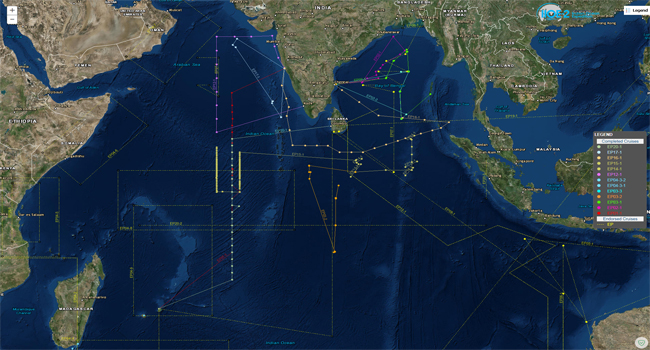
Co-Chairs
Ben Milligan M.Atmanand
This session will focus on the benefits of IIOE-2 to society and how they can be maximized and sustained. The abstracts may highlight innovative ideas to generate useful information/products from existing knowledge. The session also invites abstracts which suggest what else can be done in terms of observation systems/models to help the translation of science to benefit society as well as blue economy and sustainable fisheries.
02: Impacts of climate change on the Indian Ocean
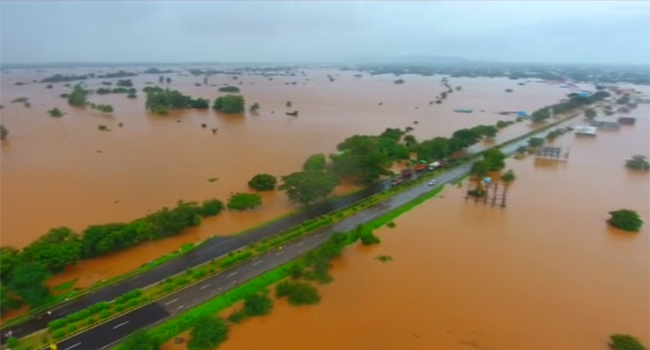
Co-Chairs
Fangli Qiao Helen Philips S. Rajan
The Indian Ocean is warming faster than other two major oceans and there are reports of heat accumulation in the Indian Ocean. This session calls for abstracts related to impacts of climate change on the Indian Ocean. The scope of this session may include observed/modelled physical, biogeochemical and ecological changes related to global change and the impact of climate change on society.
03: Circulation and Boundary currents in the Indian Ocean
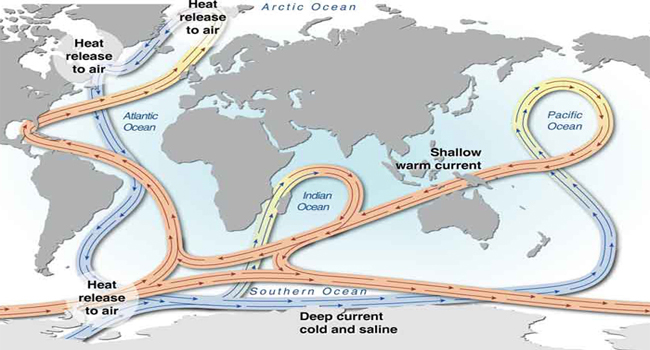
Co-Chairs
P. N Vinayachandran Yukio Masumoto Fabien Durand
The Northern Indian Ocean has unique monsoonal circulation and this makes the Indian Ocean a "Nature's Laboratory" to understand and study different facets of oceanography while the Southern Indian Ocean is filled with classical wind driven gyres. Abstracts are solicited on studies focusing on reversing monsoonal circulation, coastal upwelling, boundary currents, Sub-tropical gyres, Southern Ocean circulation and dynamics, and their impacts on the Indian Ocean circulation.
04: Ocean observations and data in the Indian Ocean: toward an ocean data information system
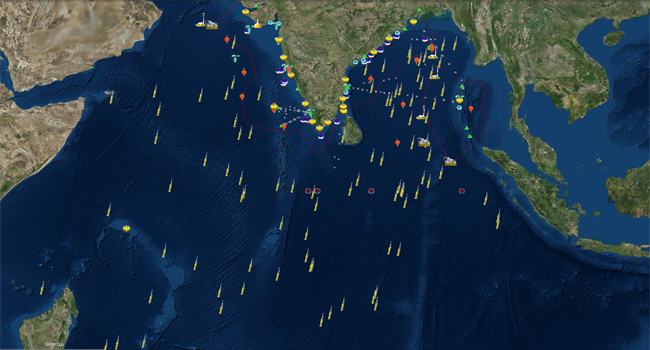
Co-Chairs
Shailesh Nayak Sidney Thurston
Basin scale programmes such as Indian Ocean Observing system (IndOOS) and Global Ocean Observing System in the Indian Ocean (IOGOOS) have motivated recent advances in observing systems (such as moorings, Argo and drifters) and sensor-based observations including biogeochemical parameters (such as Chl, dissolved oxygen, Nitrate, pH and bio-optics). These new-age observation systems, including satellite based, have provided a tremendous amount of data that has helped in enhancing our understanding of the Indian Ocean. The session aims to highlight the recent results from such new generation observing systems, other emerging technologies and data information systems.
05: Biogeochemistry and Microbiology of the Indian Ocean: Recent advances
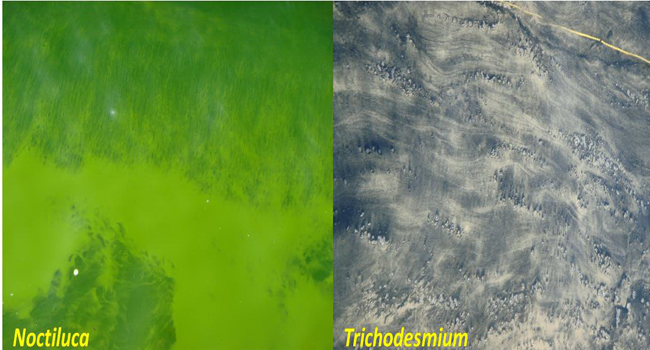
Co-Chairs
Raleigh Hood Lynnath Beckley Eric Reas V V S S Sarma
The Indian Ocean hosts one of the thickest oxygen minimum zones in the world ocean. It is also characterized by processes such as denitrification and annamox. The ecosystem response to global climate change has significant impacts on the microbial loop and hence on the biogeochemistry of the Indian Ocean. Ocean acidification is also likely to impact the marine ecosystem, particularly the species that have calcareous shells. The primary productivity is reported to have decreased over the last century and has shown signatures of decadal variability. The session invites abstracts on recent results and findings towards understanding the microbiology, biogeochemistry, deoxygenation and nutrient cycling in the Indian Ocean.
06: Ecology of the Indian Ocean: Understanding and Predictability
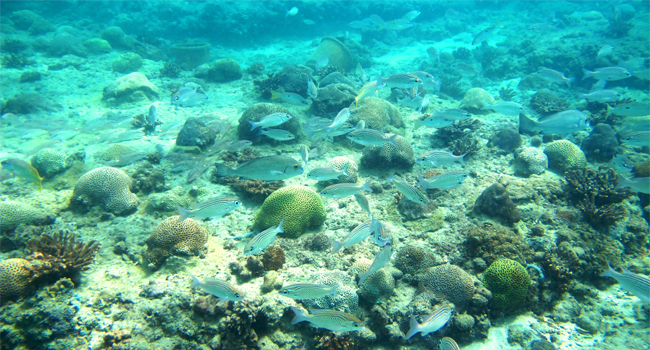
Co-Chairs
Gregg Cowie Francis Marsac Zainal Arifin G V M Gupta
Countries around the Indian Ocean have large populations living along the coast that depend on resources from the sea for their livelihoods. Global warming has impacted coral reefs, mangroves and other ecosystems. via ocean acidification, eutrophication of the coastal seas and ecosystem response and has implications to fisheries and their sustainability. The recent advancements in the ocean biogeochemical and ecological models have potential, not only to understand the processes, but also to predict change in the future, including the impact on fisheries.
07: Air-Sea interactions, exchange of trace gases and related processes
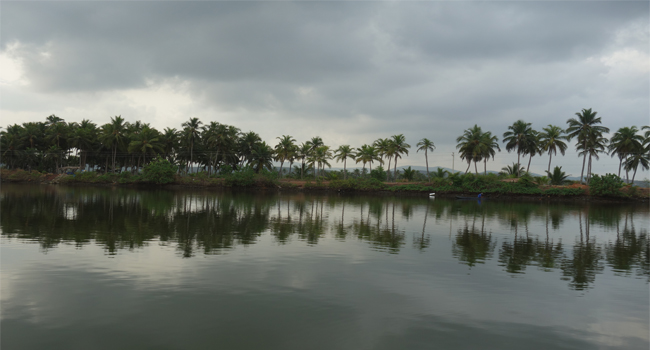
Co-Chairs
Hermann Bange Vinu Valsala Kawser Ahmed
Air-sea interactions in the Indian Ocean are important to understand the role of Indian Ocean in the global element cycles, heat exchange, circulation and hence regional climate. Trace gases such as N2O, DMS, methane, CO, and halocarbons also play a significant role in modulating the climate and atmospheric chemistry on different time scales. This session invites abstracts related to ocean-atmosphere interactions, heat exchange, aerosol formation & deposition and trace gas fluxes.
08: Atmospheric Chemistry and pollution
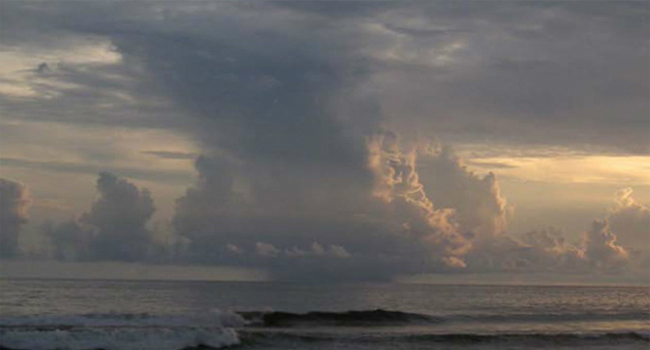
Co-Chairs
Lokesh Kumar Sahu Paravadha Suntharalingam
The composition and chemistry of the atmosphere over the Indian Ocean region is dominated by the circulation of the South Asian (Indian) monsoon system: the winter monsoon is advecting gaseous and particulate pollution from the heavily populated and biofuel intensive regions out over the northern Indian Ocean. The resulting thick haze extends over millions of square kilometres to the ITCZ. Therefore, the Indian Ocean presents a globally unique, natural laboratory to the atmospheric scientist. Abstracts on atmospheric chemistry, troposphere/stratosphere exchange and atmospheric pollution may be contributed in this session.
09: Coastal and estuarine processes: Anthropogenic impacts and vulnerabilities
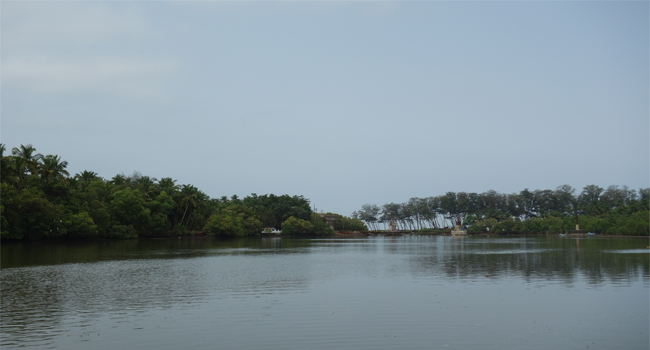
Co-Chairs
Sunil Kumar Singh Mike Roberts
This session is expecting presentations on studies related to coastal processes such as shoreline changes, sea level increase, coastal inundations, vulnerabilities and coastal zone management. Nutrients are getting dumped into coastal waters via estuaries and have modified the coastal ecosystem considerably. The session also expects presentations related to coastal eutrophication, pollution, microplastics and toxins.
10: Climate and monsoon variability: Lessons from paleo-climatic studies and links to polar regions
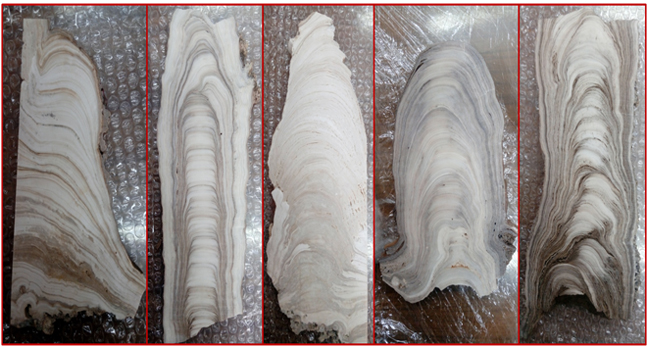
Co-Chairs
Ravi S. Nanjundiah Birgit Gaye
The understanding of past is the key to the future. Various proxies such as 13C, 18O, and other isotopic and biomarker tracers in lake sediments, marine cores, speleothems and tree rings provide critical insights into the climatic events of the past. Though global warming has led to decrease in sea-ice cover in the Arctic Ocean, it has increased over Antarctica for various reasons such as westerly wind forcing, southern annual mode, El Niño-Southern Oscillation (ENSO) and stratospheric ozone depletion. Therefore, it is imperative to understand the linkages of the polar ocean to the monsoon. This session is expecting presentations on paleo-climate studies and linkages of monsoon variability to the polar oceans using climate proxies.
11: Inter-basin interactions in the Indian Ocean
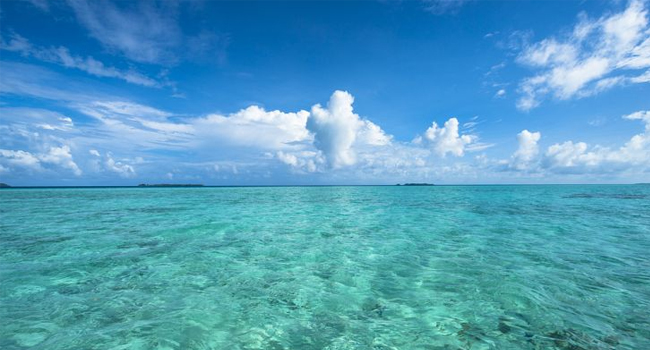
Co-Chairs
Weidong Yu Juliet Hermes Michael McPhaden S S C Shenoi
Inter-basin interactions such as exchanges between Indian and Pacific Oceans via the Indonesian through flow and Agulhas retroflection between Indian and Atlantic Ocean significantly affect the dynamics of the Indian Ocean. Other processes in the Indian Ocean are precursors to El Niño, Indian Ocean Dipole, MJO and affect the global climate. This session expects presentations on inter-basin interactions and their impacts of global climate and ecosystems.
12: Marginal seas of the Indian Ocean
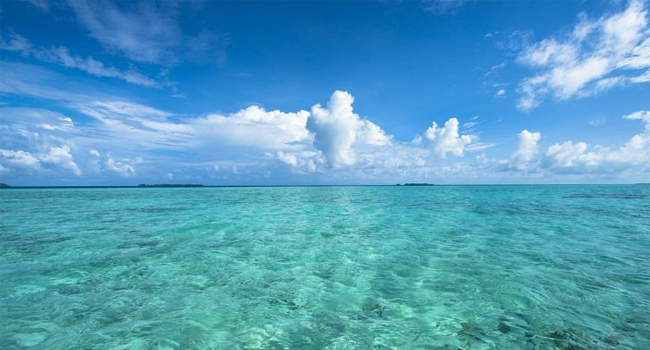
Co-Chairs
Joaquim Goes Behrooz Abtahi Faiza Yamani S R Shetye
Marginal seas such as Red Sea, Persian Gulf, Andaman Sea and Timor Sea play a defining role in modulating water mass characteristics of the Indian Ocean. Some of them are sources of high salinity water and act as a source of oxygen into deeper layers. The Andaman Sea connects the equatorial Indian Ocean to the Bay of Bengal and play a significant role in freshwater distribution in the bay. Abstracts for this session may include presentations highlighting the role of marginal seas in modulating dynamics and biogeochemistry of the Indian Ocean.
13: Geology, geophysics and seabed mapping of the Indian Ocean
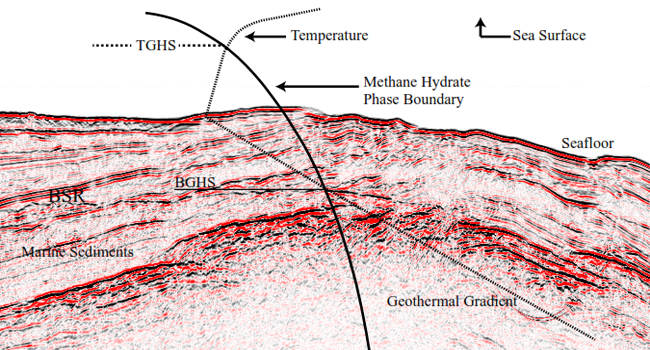
Co-Chairs
Jerome Dyment Renat Shakirov Jyotiranjan S. Ray
The session welcomes all contributions related to the Geology,Geophysics, and Geochemistry of the Indian Ocean. The Indian Ocean is dynamic in terms of geological processes, with seafloor spreading at three contrasted mid-ocean ridges, subduction at the Sunda Trench and incipient collision off Makran inducing some off the most devastating earthquakes, and a wide diffuse plate boundary. Exceptional features also include several major hotspots (some still active) at the origin of large volcanic plateaus and isolated seamounts, a peculiar geochemical signatures from the mantle, complex continental passive margins induced by the fragmentation of Eastern Gondwana, and the huge sediment deposition consecutive to the collision of India with Eurasia which resulted in huge submarine canyons meandering on the ocean floor. Mineral and hydrocarbon exploration of the ocean floor (polymetallic nodules, seafloor massive sulfides, gas hydrates...) and the extension of the legal continental shelf represent major topics of interest among the community and will also be addressed.
14: Extreme events and their impacts

Co-Chairs
Chari Pattiaratchi M. Mohapatra Juma-Al-Maskari
Extreme events such as cyclones, storm surges, heavy rainfall and droughts have catastrophic effects on the well-being of populations. The number of extreme events has increased in the recent past due to global warming and is expected to increase further in future. The proposed session invites abstracts on studies pertaining to extreme events, their genesis and future projections. Mitigation plans and risk assessment may also be covered in this session.